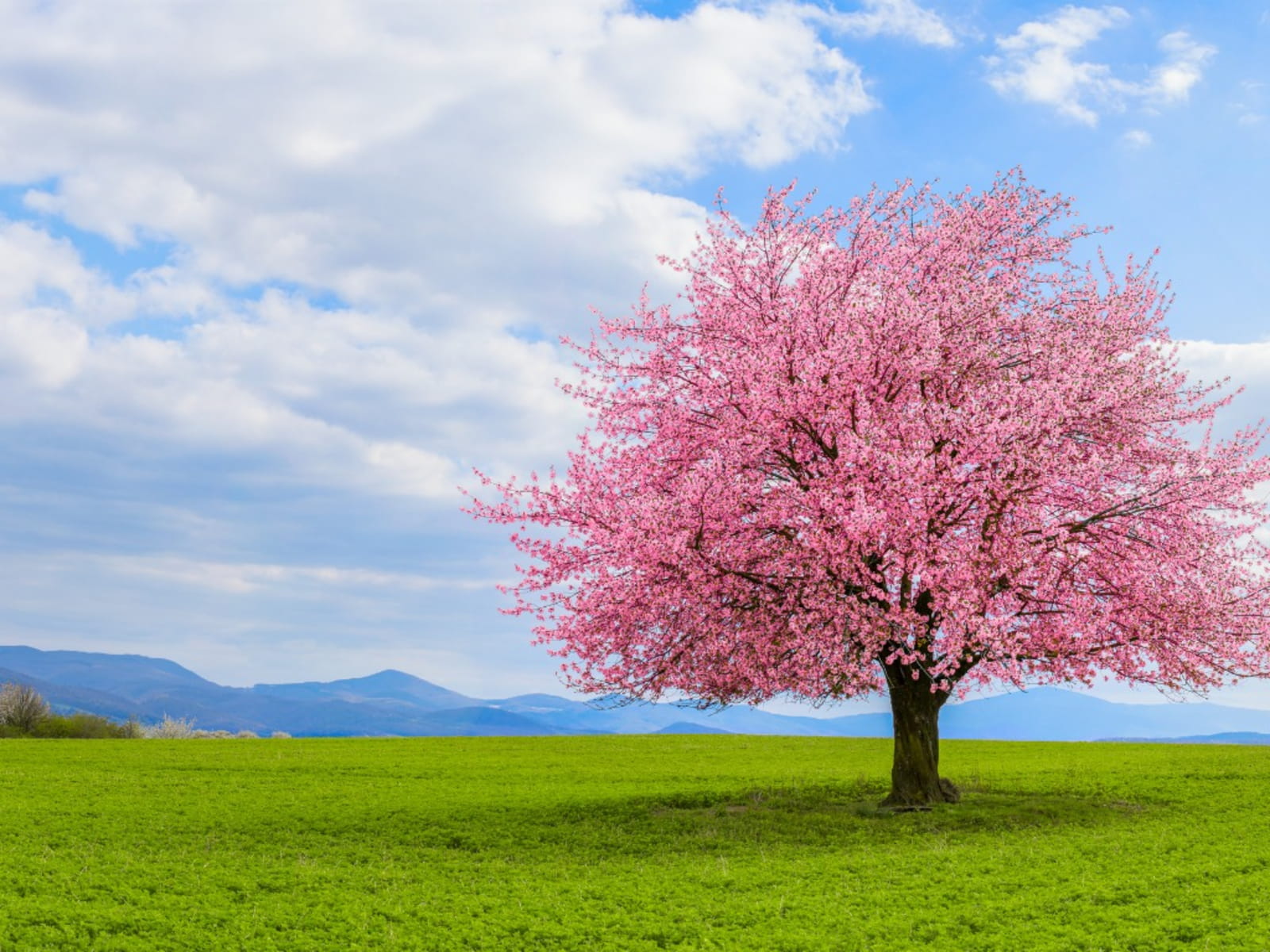Badaga and kurumba conflict
There is indeed a long and tragic history of conflict between the Badagas and the Kurumbas, mainly rooted in fear of sorcery, cultural misunderstandings, and ritual roles. Here’s a detailed overview:
1. The Origins of Conflict
Fear and Respect
Historical records and ethnographic accounts note that the Badagas (and Todas) deeply feared the Kurumbas’ reputed powers—sorcery, magic, and knowledge of herbs. These Kurumbas were believed to cause illness, summon elephants, and cast spells .
Sorcery Allegations
If misfortune—such as sudden sickness, crop failure, or cattle deaths—occurred, Kurumbas were often blamed. Badagas claimed these events were due to Kurumba necromancy or ritual poison .
2. Violent Massacres
18th–19th Century Retaliations
When a Kurumba was accused of causing harm through magic:
Entire villages sometimes surrounded Kurumba huts at night and massacred all inhabitants, burning their homes .
In one incident, in 1835, at least 48 Kurumbas were killed; further massacres occurred in 1875, 1882, and again in 1900 due to accusations of black magic .
Coordinated Attacks
Notably, these attacks often involved multiple tribes—the Badagas, Todas, and Kotas—acting together once a Toda initiated the violence .
3. Ritual and Cultural Dynamics
Tension Between Fear and Ritual Roles
Despite the fear, Kurumbas also held ritual importance among Badagas:
They served as village watchmen and priests for festivals and important life events such as ploughing, naming, and funerals .
Each Badaga village appointed a Kurumba to perform sacred duties, supported by symbolic payments in grain .
This duality—fear of magic yet reliance on spiritual services—created a volatile mix.
4. Social Shifts Today
Over the late 19th and 20th centuries, with colonial laws and integration, such extreme violence declined.
The Kurumbas moved from deep forest dwellings into plantation labor and more settled living .
While historical fear occasionally resurfaces in folklore, Kurumbas now participate in ritual life with less fear-driven stigma.
Summary Table
|
Aspect
|
Details
|
|---|---|
|
Source of Fear
|
Sorcery rites by Kurumbas blamed for misfortune
|
|
Violent Backlashes
|
Massacres in the 1800s and early 1900s
|
|
Ritual Dependency
|
Kurumbas as Badaga ritual priests and watchmen
|
|
Current Situation
|
Lives more integrated; fear reduced, roles retained
|
✅ In Summary
-
The Badagas (and allied tribes) often viewed the Kurumbas as magical and dangerous, leading to violent reprisals when misfortune struck.
-
Yet, they also depended on Kurumbas for sacred duties, highlighting a paradox of reverence mixed with fear.
-
Over time, increased interaction, legal protections, and settlement have reduced violence, but the legacy remains ingrained in local memory and folklore.
